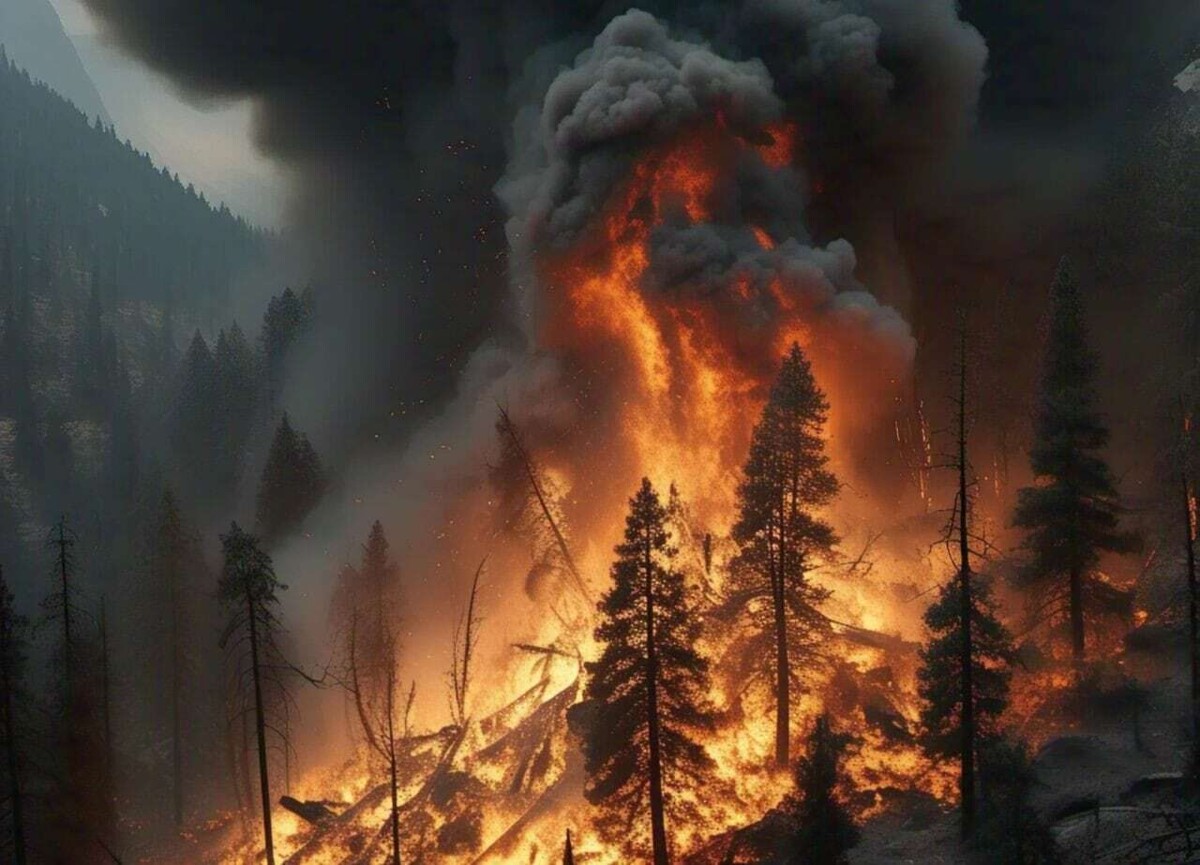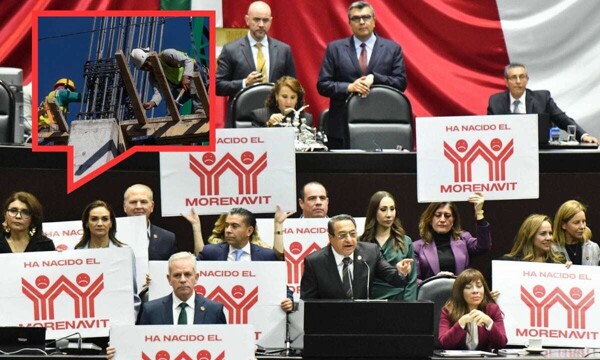
In 2024, heavy rainfall was recorded in Nuevo León, resulting in an increase in vegetation in forests and scrublands. However, later on, a frost affected various species, such as the enacahuita, leaving them burned and dry. Given this situation, the State Secretary of the Environment, Martínez, expressed his concern about the climatic conditions for February 2025, predicting a decrease in rainfall and unfavorable temperatures for the following months.
According to the official, a decrease of 5 to 10% in precipitation is expected for February compared to the monthly average. In March, the situation will worsen, with a forecast that the entire State will be 20% below the average rainfall, and for April a reduction of 60% is expected compared to the previous two months. This leads to a high probability of severe wildfires, according to Martínez.
In light of this outlook, the Government of Nuevo León has declared a fire ban to reduce the impact of wildfires. The Secretary of the Environment emphasized that this measure is crucial, considering the low probability of rainfall in the coming months and the latent risk of fires due to adverse conditions.
The decree establishes fire ban zones for use in different forest ecosystems and vacant lots with native vegetation. Open campfires, controlled burns, and recreational activities are prohibited in these areas. Additionally, sanctions have been established, including penalties of one to nine years in prison for those who cause fires, with possible increases if affecting forested areas or protected natural areas.
Despite the concerning situation forecasted for 2025 regarding wildfires in Nuevo León, Secretary Alfonso Martínez highlighted the efforts made in previous years to reduce the impact of fires, significantly decreasing the affected areas. This reduction has been possible thanks to prevention, collaborative work among various entities, and the effective implementation of the fire ban decree.













